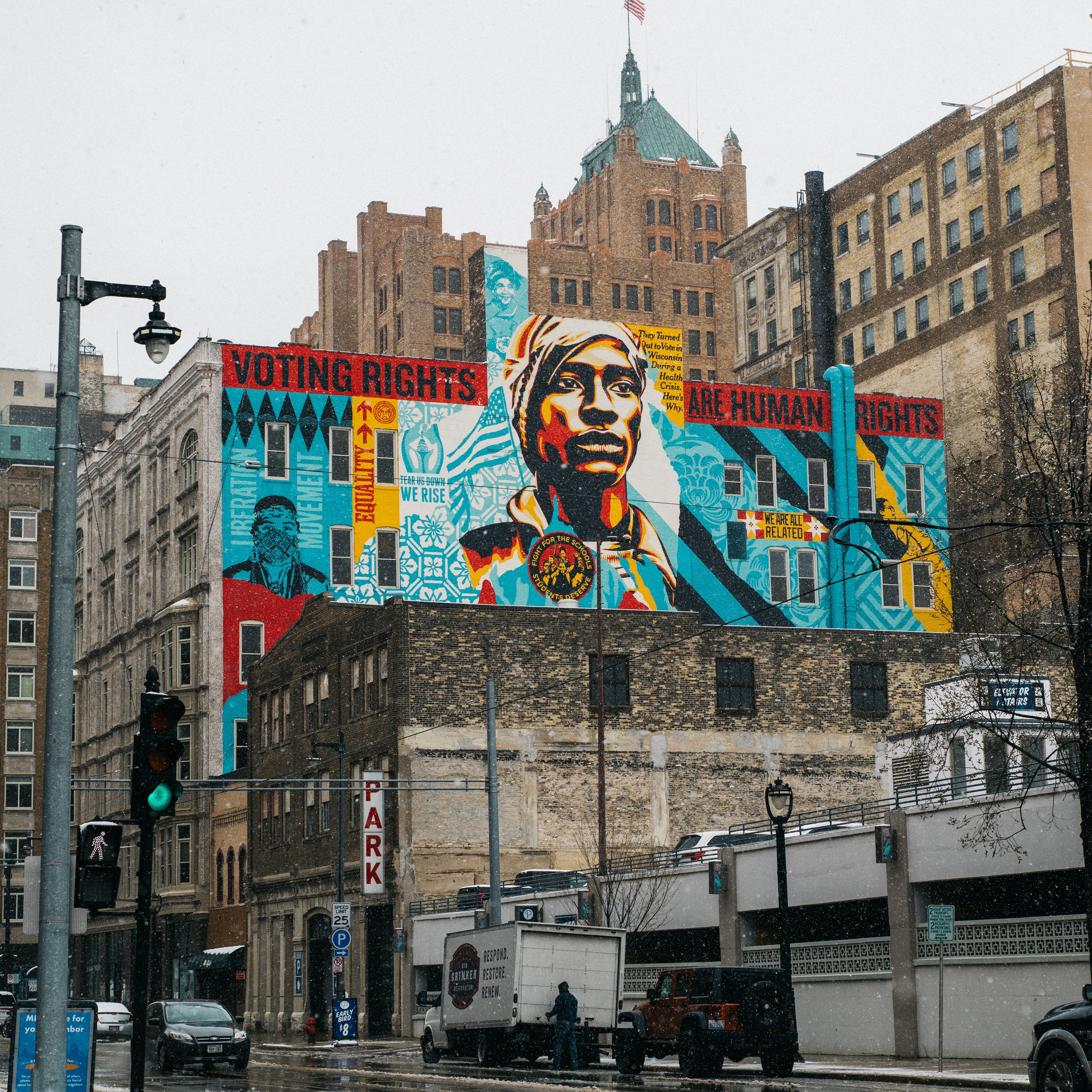The Biggest Scourge on Democracy

We have written on disenfranchising democratic America, but the biggest scourge on democracy is something even more sinister. Something both political parties, Democrats and Republicans alike, are at fault for, with the latter simply more willing to use and abuse the practice.
That practice?
Gerrymandering.
When people think of threats to democracy, it’s easy to blame social media or Donald Trump, but gerrymandering? It’s too deep in the political science weeds for the average American to care. But you should care because gerrymandering directly affects who represents your interests in government.
Gerrymandering is defined as the “practice of dividing or arranging a territorial unit into election districts in a way that gives one political party an unfair advantage in elections.”
Basically, state legislators draw maps of electoral districts in their states. The maps are supposed to be representative of the voting population, meaning that they do not unfairly favor one political party over another. Yet they oftentimes end up like North Carolina’s here, which recently came under scrutiny from its state Supreme Court. Check out the cartographic nooks and crannies from North Carolina’s legislators, which makes Winston’s Hiccup appear like quality penmanship.
A Brief History of Gerrymandering
The practice of gerrymandering dates back to the 1800s and takes its name from Elbridge Gerry. Mr. Gerry was the first to be accused of dividing electoral districts for partisan political advantage.
This is most often done through two means:
- Cracking: diluting the voting power of an opponent by adding voters to a district,
- Packing: concentrating an opponent’s voting power in one district while reducing their power in others.
Democrats and Republicans both have long histories of engaging in gerrymandering. Republicans have just been better at it. Take the 2012 election in North Carolina, for example. Despite winning over 50% of the popular vote in the state, Democrats only secured 4 of 13 Congressional seats. Republicans were simply better cartographers than Democrats.
The U.S. Supreme Court has not helped. It generally defers to state supreme courts and state legislatures in redistricting matters, as it has shown recently in North Carolina and Pennsylvania. With that said, the U.S. Supreme Court may strike down race-related redistricting issues under the Equal Protection Clause.
Given the U.S. Supreme Court’s deference, state supreme courts and legislatures hold immense power over how votes get counted within a state. And oftentimes, those branches of state government are controlled by the party currently in power. So they are only further incentivized to draw maps that keep it that way.
A Scourge on Democracy
As the midterms approach for Democrats, they are understandably uneasy about their control of the U.S. House of Representatives. After all, the President’s political party usually suffers losses in the first midterm elections.
So the Democrats have looked for advantages where they can find them, as both political parties have done in the past. New York state has appeared promising, with the current redistricting map potentially affording Democrats with 22 of the 26 potential Congressional seats.
It could help Democrats negate losses in other states. If the New York State courts do not block them. A judge recently found that the current maps were drawn with political bias.
A Maryland judge reached a similar conclusion against Democrats. The Ohio Supreme Court is currently in a stalemate with Republican state lawmakers over their maps.
Following the last census, Republicans controlled the U.S. House of Representatives and largely had electoral district map making authority. Now that is mostly in the hands of Democrats who are using some of the same gerrymandering tactics used against them in 2011.
How it plays out will directly affect the outcomes of the upcoming 2022 midterm elections. If maps are drawn in creative and advantageous ways, one party is likely to benefit over the other.
The end result is an outcome that may not reflect the democratic desires of the people. As Justice Patrick F. McAllister of the New York State Supreme Court said, this type of gerrymandering is a “scourge on democracy” that “hurts everyone because it tends to silence minority voices.”
Defending Against Gerrymandering Threats To Democracy
The threat of gerrymandering may not be as obvious or evident as a President with dreams of dictatorship, but it can detrimentally affect the outcome of elections. It is one of the best tools in the voter suppression toolbox, and one Republicans have used masterfully the last decade since the previous maps were drawn.
The most obvious defense is to take the power of electoral mapmaking out of the hands of those who directly benefit from it. Appoint a nonpartisan commission to draw the maps, similar to what the United Kingdom does today. Prohibit commission appointees from holding elected office. Force them to disclose and preclear any investments while on the commission.
If that is not agreeable, require equal representation from the main political parties when drawing the electoral maps. Specifically, if there are 2 Republicans part of the process, then there should be 2 Democrats as well. Everyone must approve the final product.
Leaving the electoral map drawing power in the hands of partisan state legislatures and courts creates zero incentive for lawmakers to construct them without bias. It’s basic human nature. To keep your party in power, you will be incentivized to draw the maps as creatively as possible. Force courts to tell you no instead of asking for permission or doing the right thing.
Until representative democracies in America and around the world fix the gerrymandering problem, it will continue to be the biggest scourge on democracy. It will continue to produce electoral maps that are not fairly representative of the people. It will suppress minority votes and voices.
Ultimately, it will slowly erode democracy from within.




0 Comments